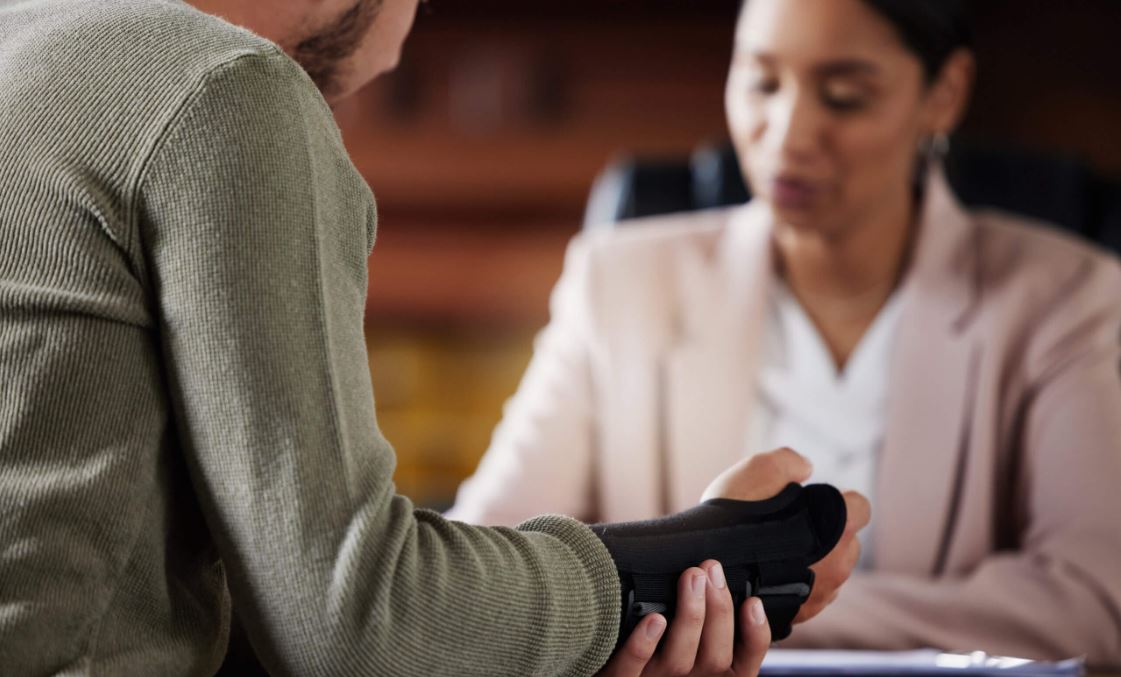In slip and fall cases, a personal injury attorney‘s quest to establish negligence hinges on elucidating the breach of duty of care by the property owner. This legal obligation requires proving not only the existence of a perilous condition but also that the property owner had actual or constructive knowledge of it and negligently failed to act. By meticulously gathering and presenting evidence such as surveillance footage, maintenance records, and witness statements, the attorney constructs a compelling argument of causation between the hazardous condition and the resultant injury. However, the intricacies of attributing direct liability invite further scrutiny of legal precedents and the interpretation of ‘reasonableness’ in maintaining property safety.
Establishing Duty of Care
In slip and fall cases, establishing the property owner’s duty of care is the foundational step in proving negligence. This responsibility mandates that the owner maintains their premises in a reasonably safe condition, ensuring that potential hazards are adequately managed or communicated to visitors.
Legal standards for this duty can vary significantly based on jurisdiction and the specifics of the property, including whether the space is commercial or residential. For instance, commercial property owners often face stricter requirements due to the high volume of public foot traffic.
Precisely articulating the applicable standard of care in a given situation is critical, as it frames the legal obligations of the property owner and sets the stage for evaluating their compliance with these duties.
Demonstrating Breach and Causation
Once the duty of care has been established, proving negligence in slip and fall cases requires demonstrating that the property owner breached this duty and that the breach directly caused the incident.
To effectively demonstrate breach and causation, consider the following crucial elements:
1. Evidence of Hazardous Conditions: Identify and document conditions on the property that were unsafe, such as wet floors without warning signs, uneven walkways, or poor lighting.
2. Link Between Breach and Injury: Show that the hazardous condition was the direct cause of the injury. This may involve gathering surveillance footage, witness statements, and expert testimonies.
3. Owner’s Knowledge or Neglect: Prove that the property owner knew or should have known about the danger and failed to correct it, establishing negligence.
Read more:
How a Personal Injury Attorney Proves Negligence in Slip and Fall Cases
Common Mistakes to Avoid When Hiring a Personal Injury Attorney


